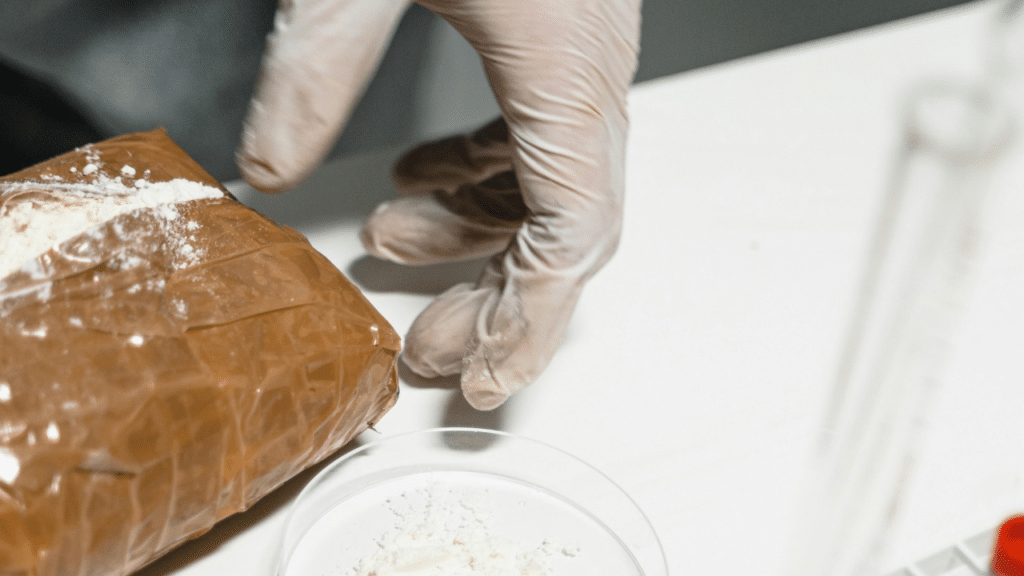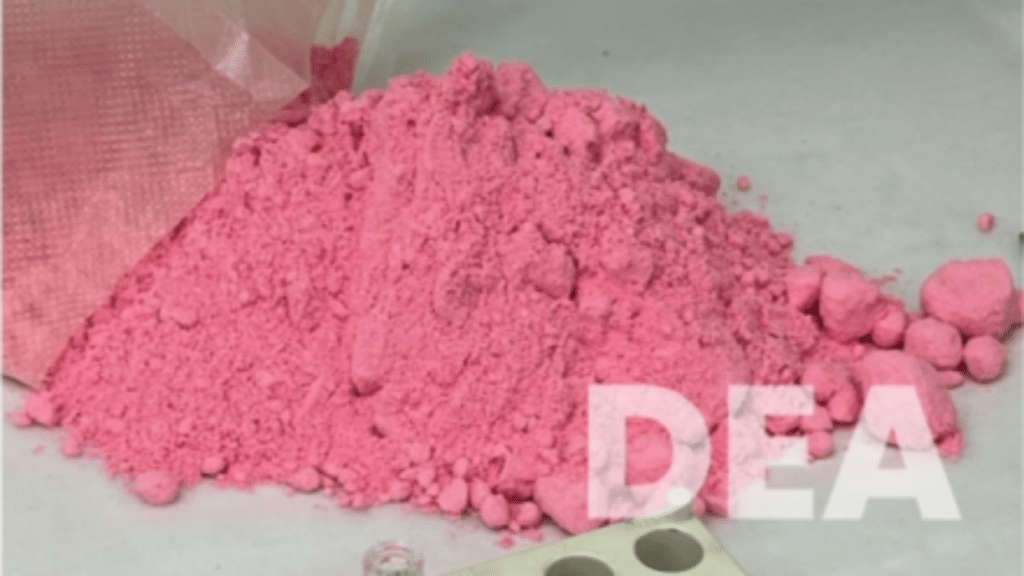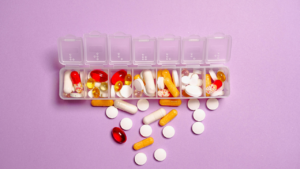Former One Direction singer Liam Payne had multiple drugs, including a dangerous designer drug cocktail known as “pink cocaine,” in his system when he died at age 31 in Buenos Aires, according to preliminary toxicology reports. The tragic death of the beloved pop star has brought renewed attention to this increasingly prevalent party drug and its potentially lethal effects.
Initial reports from Argentinian officials indicate that Payne had consumed a combination of substances including pink cocaine (also known as “tusi” or “tuci”), methamphetamine, and conventional cocaine before falling from his hotel room balcony. While final toxicology results are pending, this devastating incident highlights the growing dangers of designer drugs in celebrity circles and beyond.
What Is Pink Cocaine?
Despite its name, pink cocaine is not actually cocaine at all. This deceptive marketing tactic makes the drug particularly dangerous, as users may underestimate its potency and risks. The distinctive pink powder typically contains a potentially lethal mixture of:
- Ketamine (a dissociative anesthetic)
- MDMA (ecstasy)
- Methamphetamine
- Various synthetic stimulants
- Cutting agents and colorants
The drug originated in Colombia but has rapidly spread through South America, Europe, and now the United States. Dealers often market it as a “premium” or “elite” party drug, with the bright pink color serving as a brand identifier. This clever but deadly marketing strategy particularly targets young adults in nightclub and festival scenes.

The Perfect Storm: Why Pink Cocaine Is Especially Dangerous
The combination of substances in pink cocaine creates what medical experts call a “perfect storm” of health risks. The mixture of powerful stimulants (meth, MDMA) with dissociatives (ketamine) can:
- Cause dangerous cardiac arrhythmias
- Lead to severe dehydration and hyperthermia
- Trigger psychotic episodes
- Result in respiratory failure
- Induce seizures and stroke
- Cause sudden death from cardiac arrest
What makes pink cocaine particularly treacherous is its inconsistent composition. Users never know exactly what they’re taking or in what quantities. One batch may be relatively mild, while another could contain lethal amounts of fentanyl or other synthetic opioids.
A Growing Crisis in the Party Scene
The COVID-19 pandemic disrupted traditional drug supply chains, leading to an increase in locally produced designer drugs like pink cocaine. Drug manufacturers and dealers began mixing readily available chemicals to create new substances, often with little regard for safety or consistency.
This trend has coincided with several high-profile celebrity overdoses in recent years. While Payne’s death has brought pink cocaine into the spotlight, it represents just one aspect of a broader designer drug crisis affecting communities across the country.
Warning Signs of Designer Drug Abuse
If you or someone you know may be using pink cocaine or other designer drugs, watch for these warning signs:
- Sudden changes in sleep patterns
- Extreme mood swings
- Unusual financial difficulties
- New groups of friends and secretive behavior
- Declining performance at work or school
- Physical symptoms like jaw clenching, sweating, and dilated pupils
- Psychological symptoms including paranoia and anxiety
Professional Treatment: The Path to Recovery
At The Bluffs Treatment Center in Ohio, we understand the complex nature of designer drug addiction. Our comprehensive treatment approach includes:
- Medically supervised detoxification
- Evidence-based behavioral therapies
- Dual diagnosis treatment for co-occurring mental health conditions
- Group and family therapy
- Aftercare planning and support
- Holistic wellness programs
Our experienced medical team stays current with emerging drug trends to provide the most effective treatment protocols for designer drug addiction. We recognize that each person’s journey to recovery is unique and require individualized care plans.
Don’t Wait Until It’s Too Late
The tragic loss of Liam Payne serves as a heartbreaking reminder that addiction doesn’t discriminate and that designer drugs can be deadly even on the first use. If you or someone you love is struggling with designer drug use, don’t wait for a crisis to seek help.
The Bluffs Treatment Center provides confidential, compassionate care in a supportive environment. Our admission specialists are available 24/7 to answer your questions and guide you toward recovery. Call us today at 330-919-9228 to take the first step toward a healthier future.
Recovery is possible, and you don’t have to face this challenge alone. Contact The Bluffs now to learn how we can help you break free from designer drug addiction and rebuild your life.








